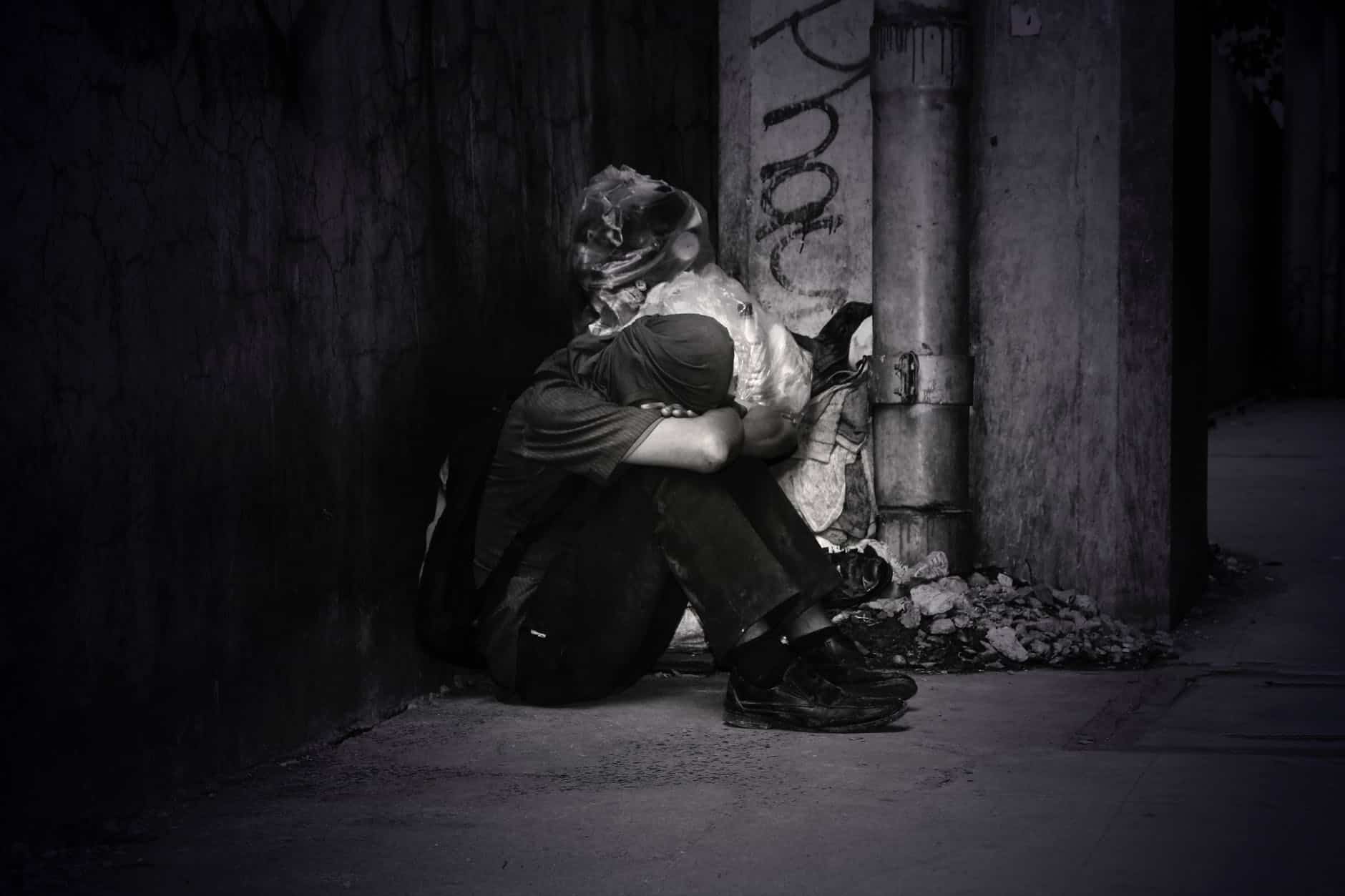COVID-19 pandemic severely impacting homeless residents in Niagara Region
Published June 14, 2021 at 7:32 pm

The COVID-19 pandemic continues to hammer the most vulnerable people within the Niagara Region, the homeless.
According to a report for the Region’s Public Health and Social Services Committee, penned by Pam Abeysekara, a Community Services planning and policy advisor, a larger number of homeless people are fleeing the relative comfort of traditional shelters, opting instead to hit the road alone.
“A greater number of individuals may have been sleeping in unsheltered settings in order to avoid the congregate environment of an emergency shelter during the COVID-19 pandemic,” said Abeysekara in the report.
The catch-22 of the situation is that while shelters will fully protect them from the elements, it also means significantly more contact with others who may potentially have the virus. The other side of the coin is that those that aren’t comfortable being in a shelter have a harder time finding access to personal protection such as facemasks and suitable hand washing facilities.
As a result of the reluctance for some to be in close quarters with others, demand for shelters has dropped significantly. In 2018, shelters were far beyond capability hitting rates of 117 per cent demand while in 2021, that has dropped to 84 per cent.
However, Abeysekara noted that since the demands of three years ago so taxed the system, “emergency shelter beds were added to (it) since 2018. Approximately 70 beds were added to the regular emergency shelter system in Niagara between 2018 and 2020.”
The rise of the pandemic saw even more beds added. “Over 30 beds were added as a result of the pandemic through COVID-19 funding (to Niagara Region.”
In the end, it remains with the individual to decide whether they prefer to be protected indoors but surrounded by others or to walk the streets and wooded areas alone. Increasingly, as the pandemic continues on, more are opting for the latter.
Abetsekara’s report will be presented to the Public Health and Social Service Committee meeting on June 15.
insauga's Editorial Standards and Policies advertising





